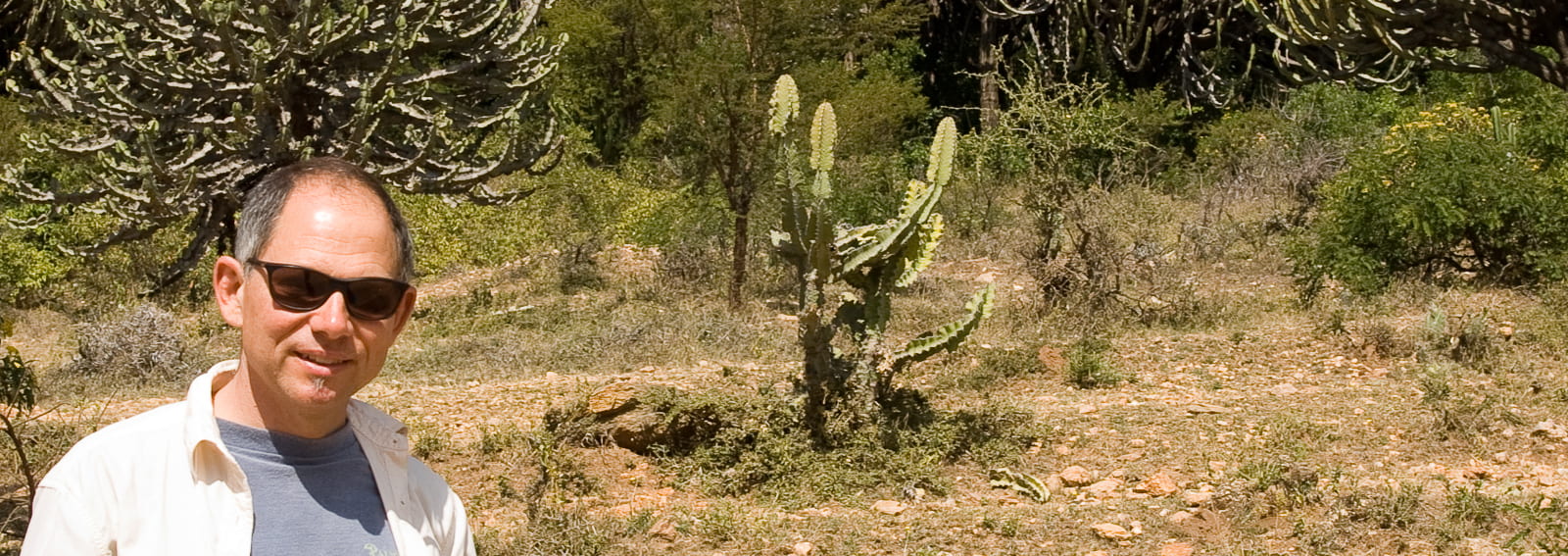
Natalie Batalha
UC Santa Cruz
Detects and characterizes planets orbiting other stars (exoplanets) with the goal of understanding where are the most likely cradles of life. She also studies exoplanets as a population to understand their diversity.

Natasha Batalha
NASA Ames
Uses remote spectroscopic observations to obtain precise measurements of atmospheric properties of exoplanets, improving the physicality of atmospheric models, and thereby advancing our understanding of planetary atmospheres.

Bin Chen
University of Hawaii
Investigates physics and chemistry of Earth and planetary interiors by performing high-pressure experiments in a lab to determine the partitioning of volatiles and the fractionation of their isotopes.

Ian Crossfield
University of Kansas
Characterizes the physical, orbital, and atmospheric properties of exoplanets, and measures the chemical makeup and properties of brown dwarfs and exoplanet host stars.

Elena Dobrica
University of Hawaii
Will use hydrothermal alteration and fluid-assisted metamorphism experiments to determine the hydrothermal reaction pathways by which volatiles are incorporated into secondary phases from small parent bodies of meteorites.

Jonathan Fortney
UC Santa Cruz
Models the atmospheres and interiors of planets and will contribute to our understanding of exoplanet spectra and thermal evolution.

Eric Gaidos
University of Hawaii
Studies the formation and evolution of planets around other stars as astrophysical objects, geologic bodies, and potential habitats for life and compares these to our Solar System planets in order to better understand the implications for the origin and distribution of life.

Tom Greene
NASA Ames
Studies the spectra of young stars and exoplanets and develops infrared instruments for these observations. He will contribute James Webb Space Telescope observations of the atmospheres of transiting exoplanets to the ICAR project.

Daniel Huber
University of Hawaii
Studies the fundamental properties, evolution and demographics of exoplanet host stars and their planets and will make refinements on their properties for this project.

Gary Huss
University of Hawaii
Detects and characterizes planets orbiting other stars (exoplanets) with the goal of understanding where are the most likely cradles of life. She also studies exoplanets as a population to understand their diversity.

Rebecca Jensen-Clem
UC Santa Cruz
Develops extreme adaptive optics technologies and observational methods for directly imaging planets around other stars and characterizing their atmospheres.

Meredith MacGregor
University of Colorado, Boulder
Uses multi-wavelength observations to better understand how volatiles are inherited from circumstellar disks and how stellar flares can damage exoplanet atmospheres over time.

Ruth Murray-Clay
UC Santa Cruz
Studies the atmospheres, interiors, composition, and evolution of planets in our solar system and beyond by modeling their physics and chemistry.

Francis Nimmo
UC Santa Cruz
Uses observations and models to probe the internal structures and evolution of solid planetary bodies and will be looking at the volatile delivery and loss mechanisms among small protoplanets.

Yvonne Pendleton, Affiliate
Astronomy & Astrophysics
Uses infrared spectroscopic observations to probe the origin and evolution of organic molecules and ices from the interstellar medium to primitive bodies in the Solar System.

Andrew Skemer
UC Santa Cruz
Detects and characterizes exoplanets with the goal of understanding their diverse properties. Currently developing instrumentation that will be sensitive to temperate and potentially habitable planets.

Deana Tanguay
UC Santa Cruz
Supports the ICAR team as Administrative Program Coordinator.

Myriam Telus
UC Santa Cruz
Studies meteorites to understand critical information about how the solar system formed and the timing and conditions of events that led to the solar system we observe today, especially as a host for life.

Jonathan Williams
University of Hawaii
Uses the Atacama Large Millimeter Array and other telescopes to image planet-forming disks around nearby young stars to understanding the first stages of planet formation and the transport of volatiles from the interstellar medium to planetesimals.

Xi Zhang
UC Santa Cruz
Studies atmospheres as a window into the origin, evolution, and habitability of planets and large satellites within and outside of the Solar System.
Interdisciplinary Consortia for Astrobiology Research (ICAR) | ICAR Research | ICAR Team
